The CMP Review — Week of June 10
June 10, 2024
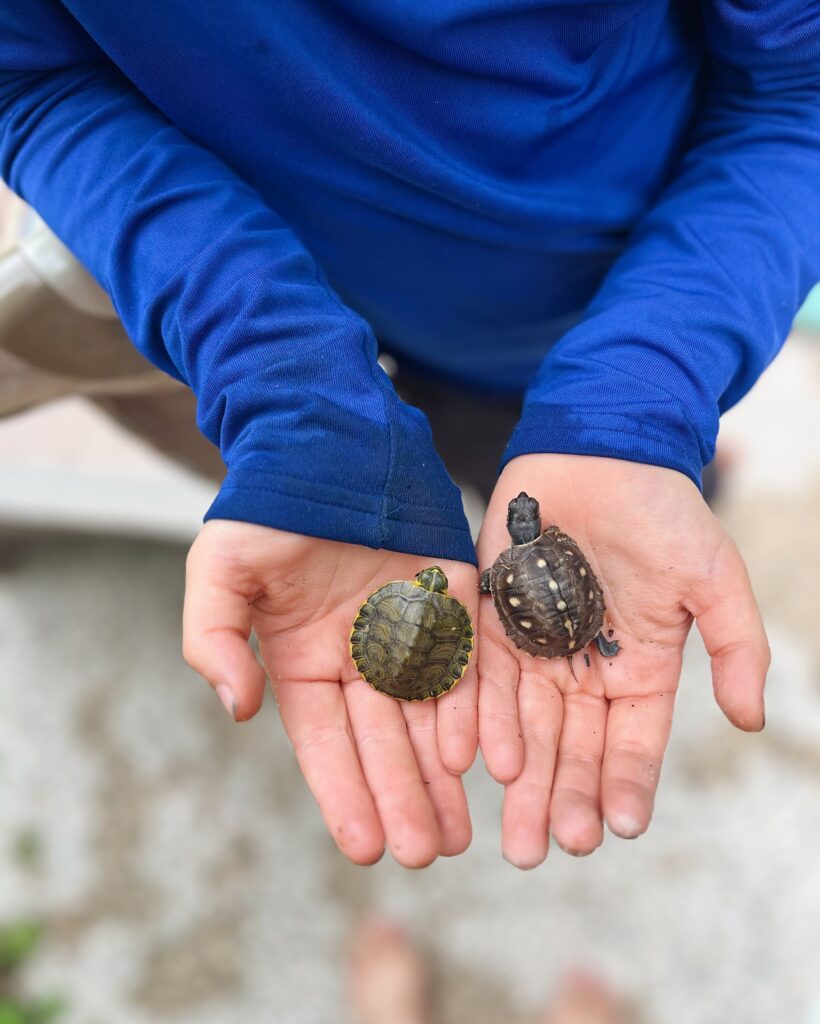
“We have the one thing to offer which the whole world wants, an absolutely effective system of education, covering the whole nature of a child, the whole life of man.” (Charlotte Mason, PR23, p. 811)
@tessakeath
June 11, 2024

“How hard it is to tread in the footsteps of the great,” wrote Essex Cholmondeley. This time, however, she was not writing in her beloved biography of Charlotte Mason. Instead, she was writing in the “memories” issue of The Parents’ Review of May 1952.
Who had to tread in great footsteps? Miss Ellen Parish, who succeeded Miss Mason as the second principal of the House of Education. Cholmondeley describes the path Parish chose: “carrying on Miss Mason’s work in Miss Mason’s way.”
This week we continue our series from the “memories” issue with Cholmondeley’s recollections of the House of Education under E. A. Parish. Many people have wondered what life was like at this training college established by Miss Mason. This article gives us a bit of a picture.
But it gives us more than this. Cholmondeley can’t help but remind us of timeless truths along the way. “There has never been an educated person,” she reasons, “because education is not an achievement, it is a life to be lived.” Reason and remember with Mason’s biographer here.
@artmiddlekauff
June 12, 2024

Does your family have any pets?
Reverend Alfred Thornley, the clergyman naturalist who examined the nature notebooks of Charlotte’s teaching students, addresses parents on why children’s pets are an important topic in Nature Study. He also notes ways to keep your child caring for and not neglecting his pet.
If you’re interested in the how and why pets help children grow, read or listen to “Nature Study in the Home.”
@rbaburina
June 13, 2024

One of my favorite flowers is the spiderwort. The purple petals sparkle and shine in a way that cannot be seen in a photo. The anthers shine as if they were fireflies that never go out. And the grasslike leaves bend in distinctive arches with their own pale sheen. The appearance of these celebrations of color and geometry is a highlight of my spring.
The rest of the year, on the other hand, my son is fascinated by a winter weed that he has dubbed “the saber plant.” Thin, curved leaves hang down from the stem as if a man were holding a saber in each hand, crossed at his waist. When we behold a field of saber plants, it is a magnificent army poised for war.
The identity of the saber plant has eluded us. I always thought someday we would “just happen” to recognize its spring or summertime form. The other day I was looking at the arched leaves of my beloved spiderwort and I thought I saw something. Was it the arch of a curved sword?
On Friday we plan to head out to the fields where we know the saber plant dwells. Will we find spiderworts in their place? “That would be quite the plot twist,” my son said. But then, it would not be the first time that he and I began on separate journeys only to arrive at the same place. When left to themselves to wander, that’s often what friends do.
@artmiddlekauff
June 14, 2024
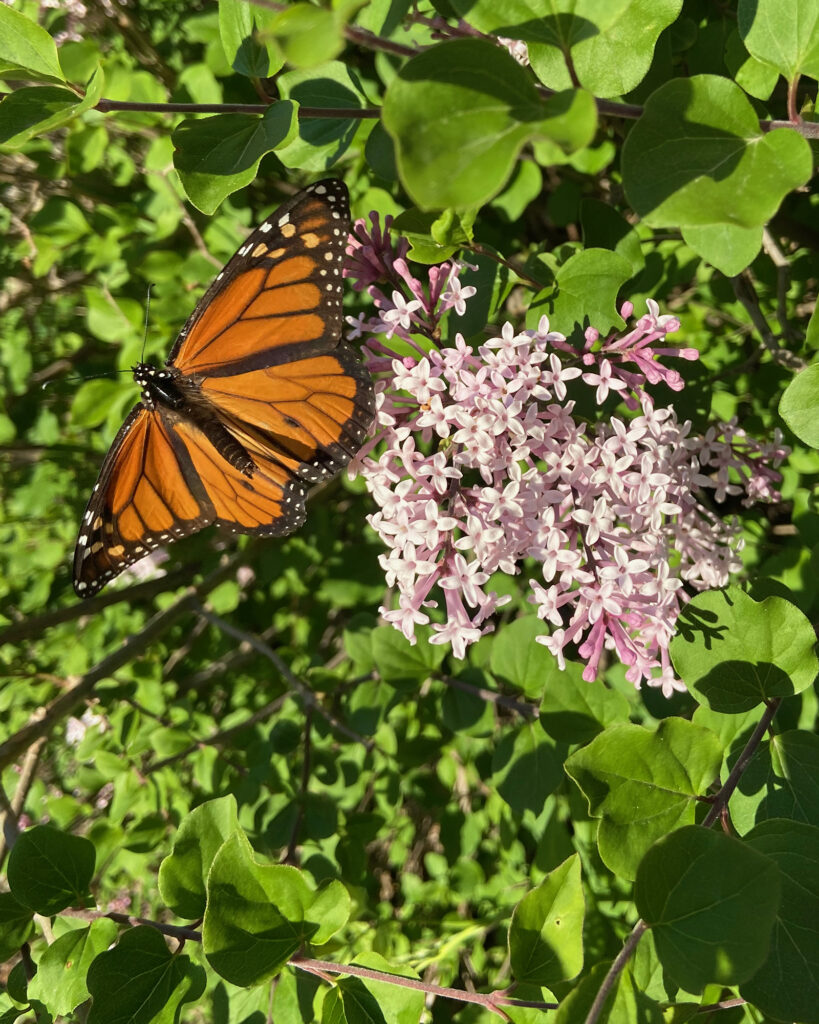
Two of our absolute favourite things, together!
What favourite things are you seeing these days?
@antonella.f.greco
June 15, 2024

Building and curating a home library does not have to cost a fortune. Most of our books are library discards or thrift store finds. Earlier this week, I was at a thrift store and noticed a bin of books. I thought to myself, “Do I really feel like rummaging through this?” But curiosity got the best of me, and I started digging through the bin. I ended up with 10 books, and I only paid $1 for all of them. This is how you build a large home library—one 10 books/$1 Rubbermaid tub at a time.
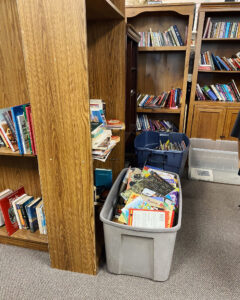
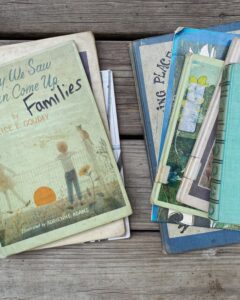
As Charlotte Mason wrote, “One more thing is of vital importance; children must have books, living books; the best are not too good for them; anything less than the best is not good enough; and if it is needful to exercise economy, let go everything that belongs to soft and luxurious living before letting go the duty of supplying the books, and the frequent changes of books, which are necessary for the constant stimulation of the child’s intellectual life.”
I would venture most of us are on some form of budget, and what you see in our library has been accumulated over many years. We’ve paid less than a dollar for most books, and some have even come to us for free. Supplying our children with the best living books we can find has always been a top priority. We let go of other “soft and luxurious living… before letting go the duty of supplying the books.”
@tessakeath
June 16, 2024
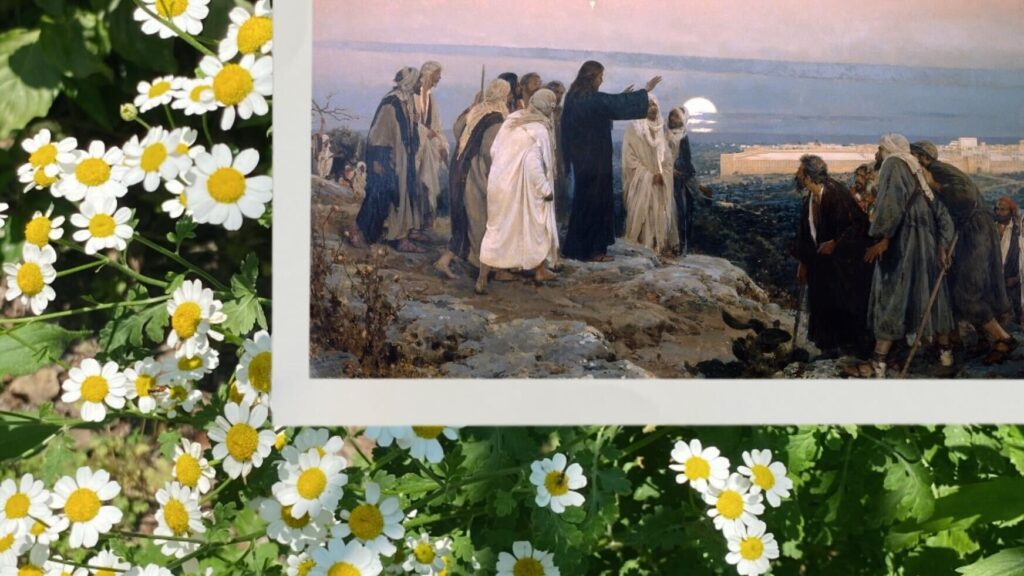
“Doom to you, Chorazin! Doom, Bethsaida! If Tyre and Sidon had seen half of the powerful miracles you have seen, they would have been on their knees in a minute.” With these words, Eugene Peterson captured the sense of Christ’s words in Matthew 11:21 and Luke 10:13.
Today, “the exact location of Chorazin is unknown, but it clearly was near the northwest corner of the Lake of Galilee,” explains Ralph Earle. “Its very disappearance is a testimony to Christ’s judgment on it. The same can be said for Bethsaida, which was located on the east bank of the Jordan River where it flows into the Lake.”
In her poem on this passage, Charlotte Mason wrestles with the implications of this passage. Does the Lord judge cities as well as individuals? History seems to provide our answer. Read or hear Mason’s thought-provoking poem here.
@artmiddlekauff